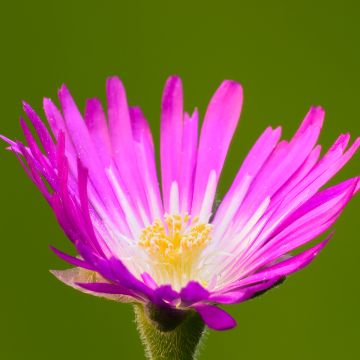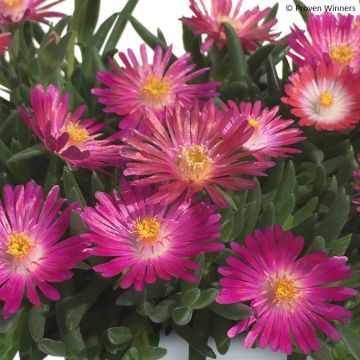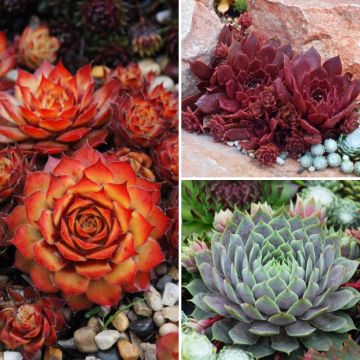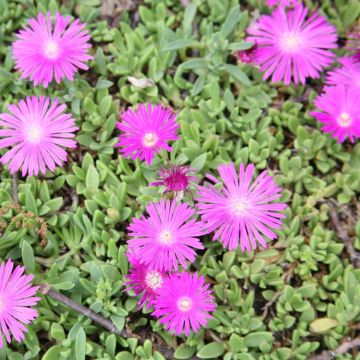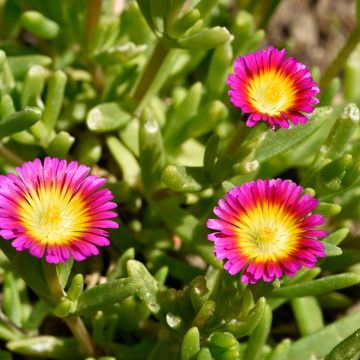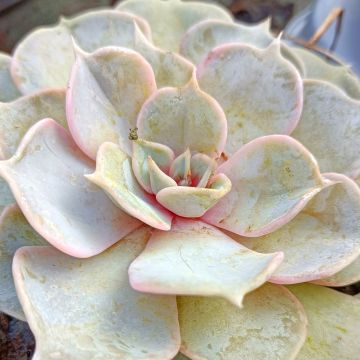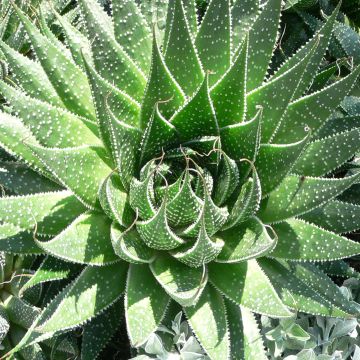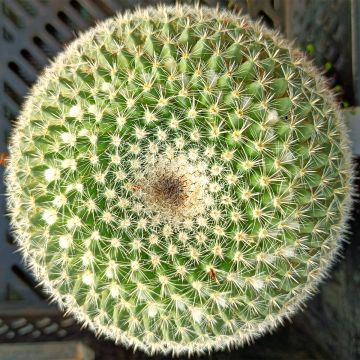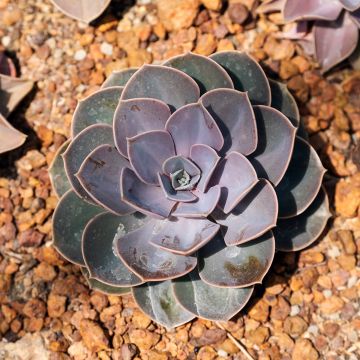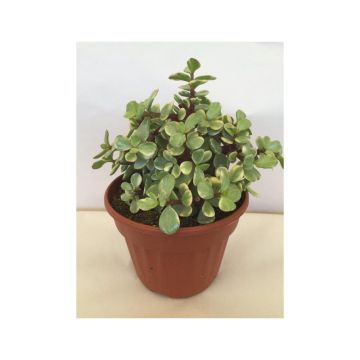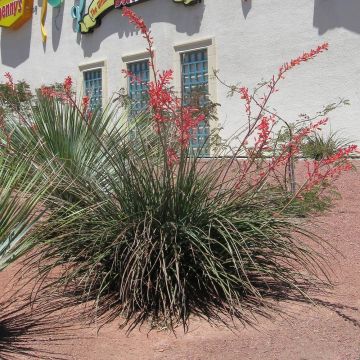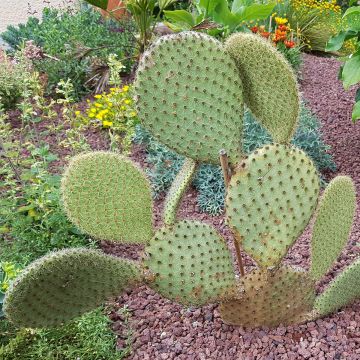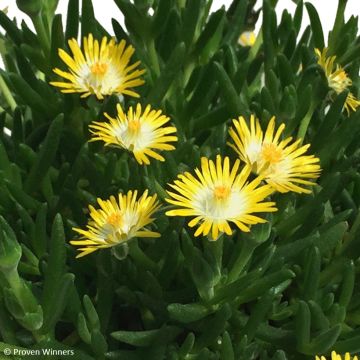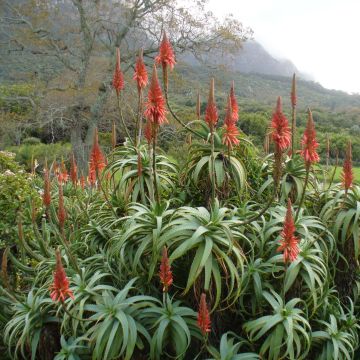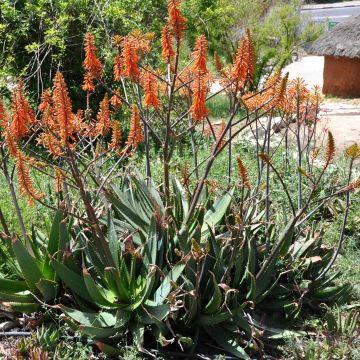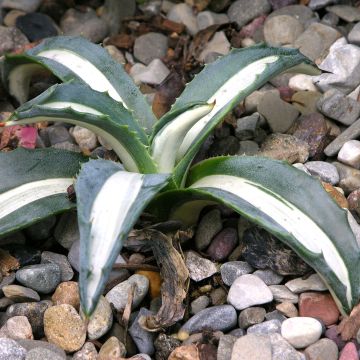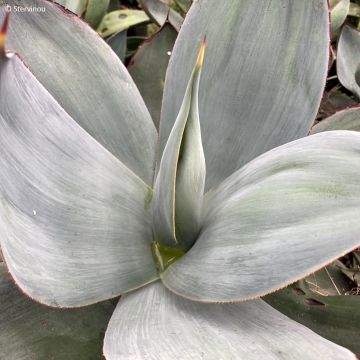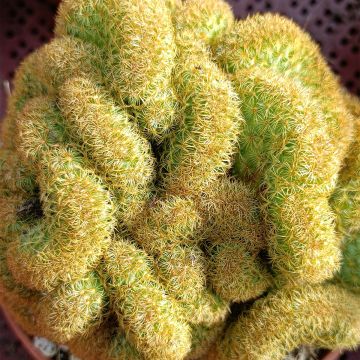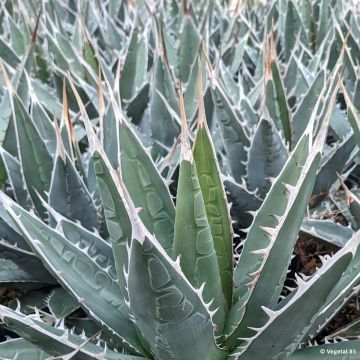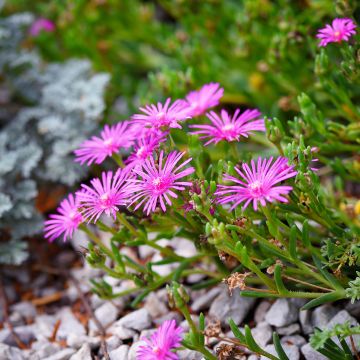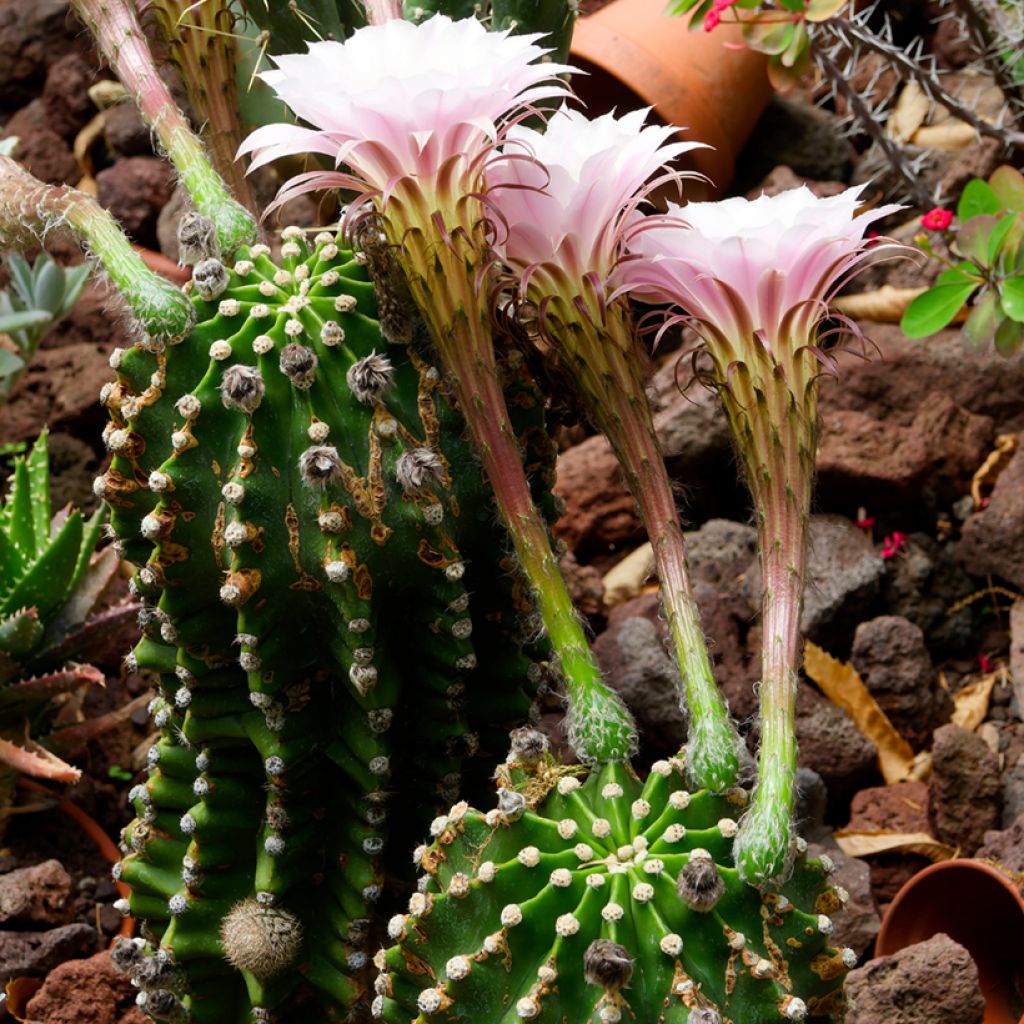

Echinopsis multiplex - Easter lily cactus
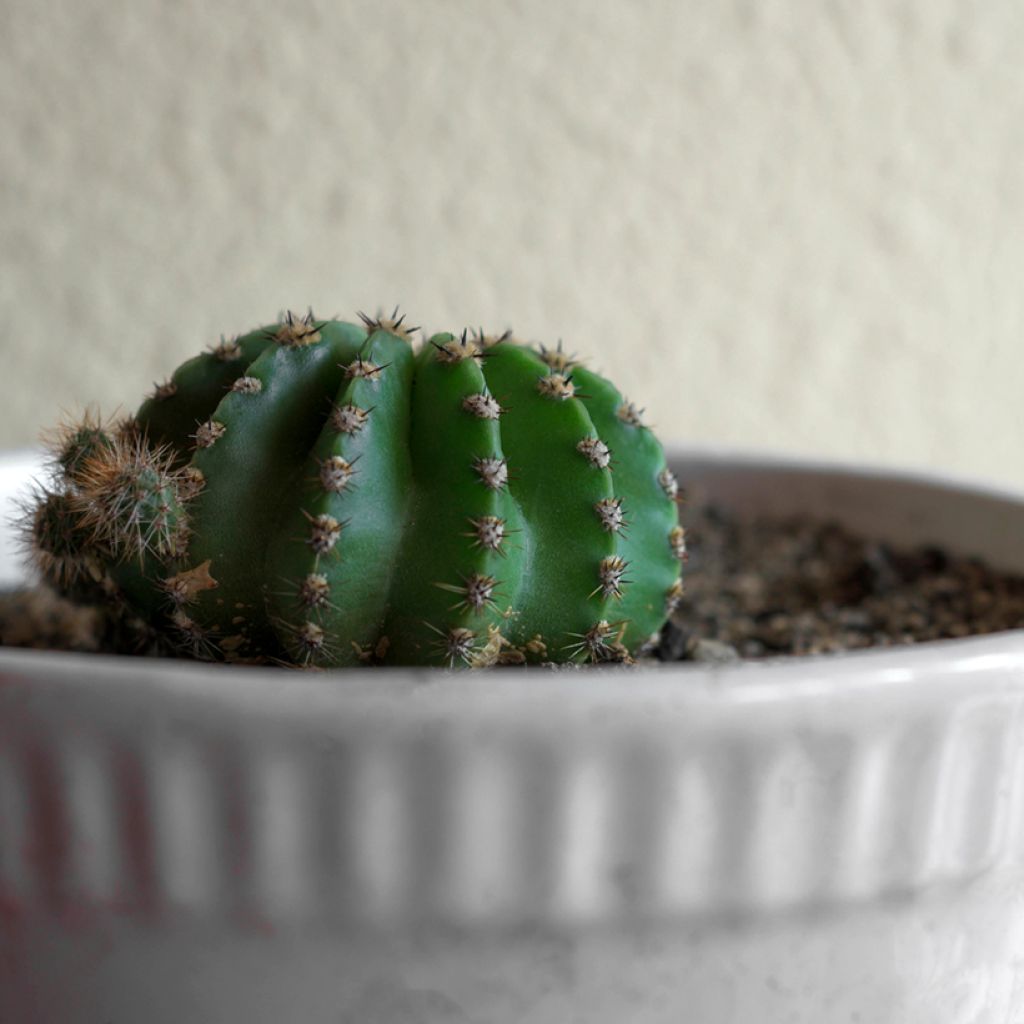

Echinopsis multiplex - Easter lily cactus
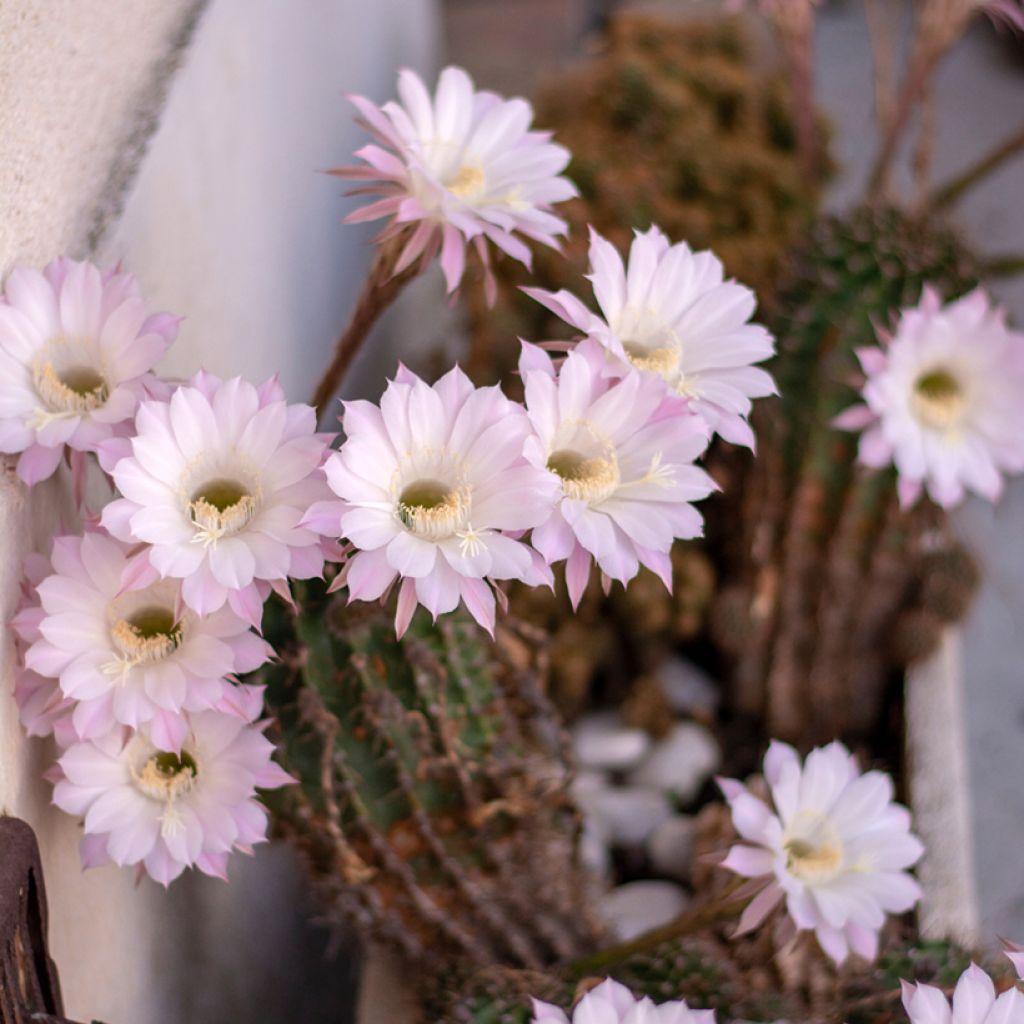

Echinopsis multiplex - Easter lily cactus
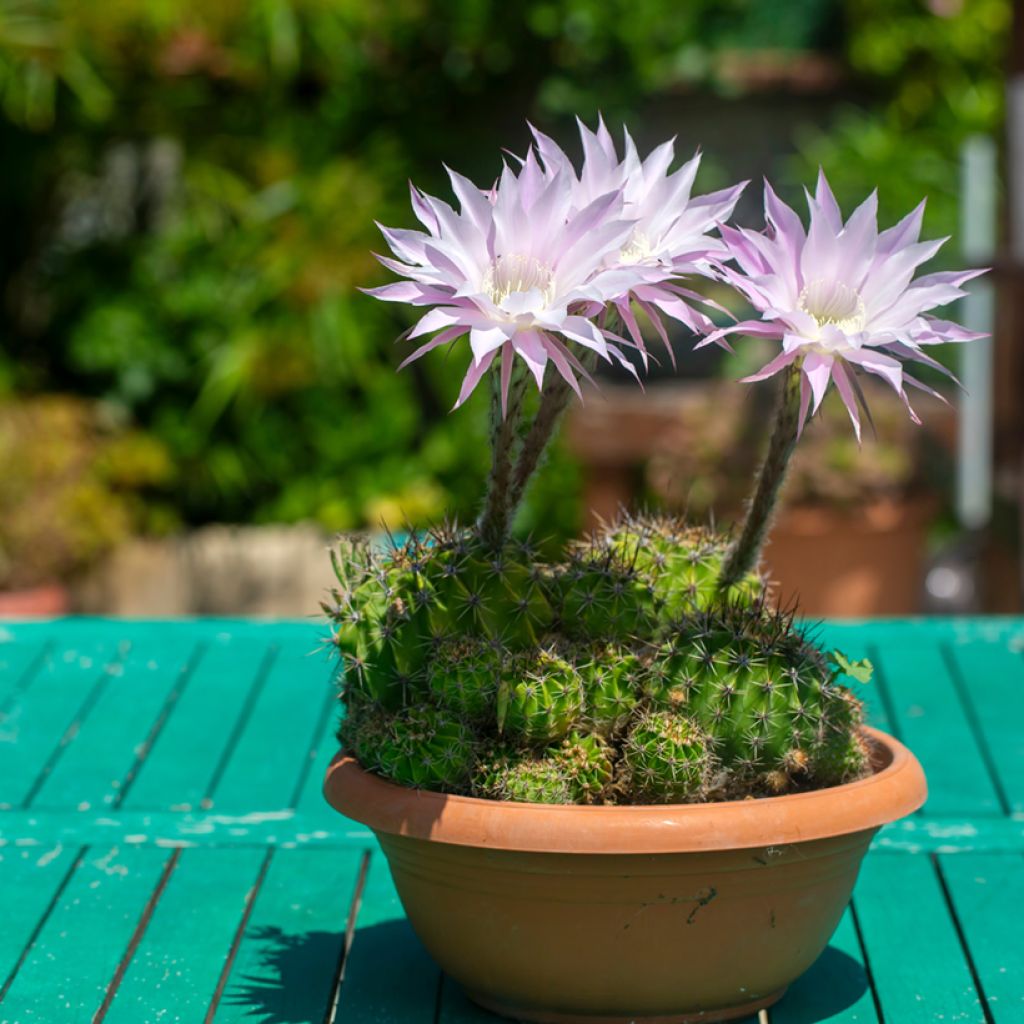

Echinopsis multiplex - Easter lily cactus
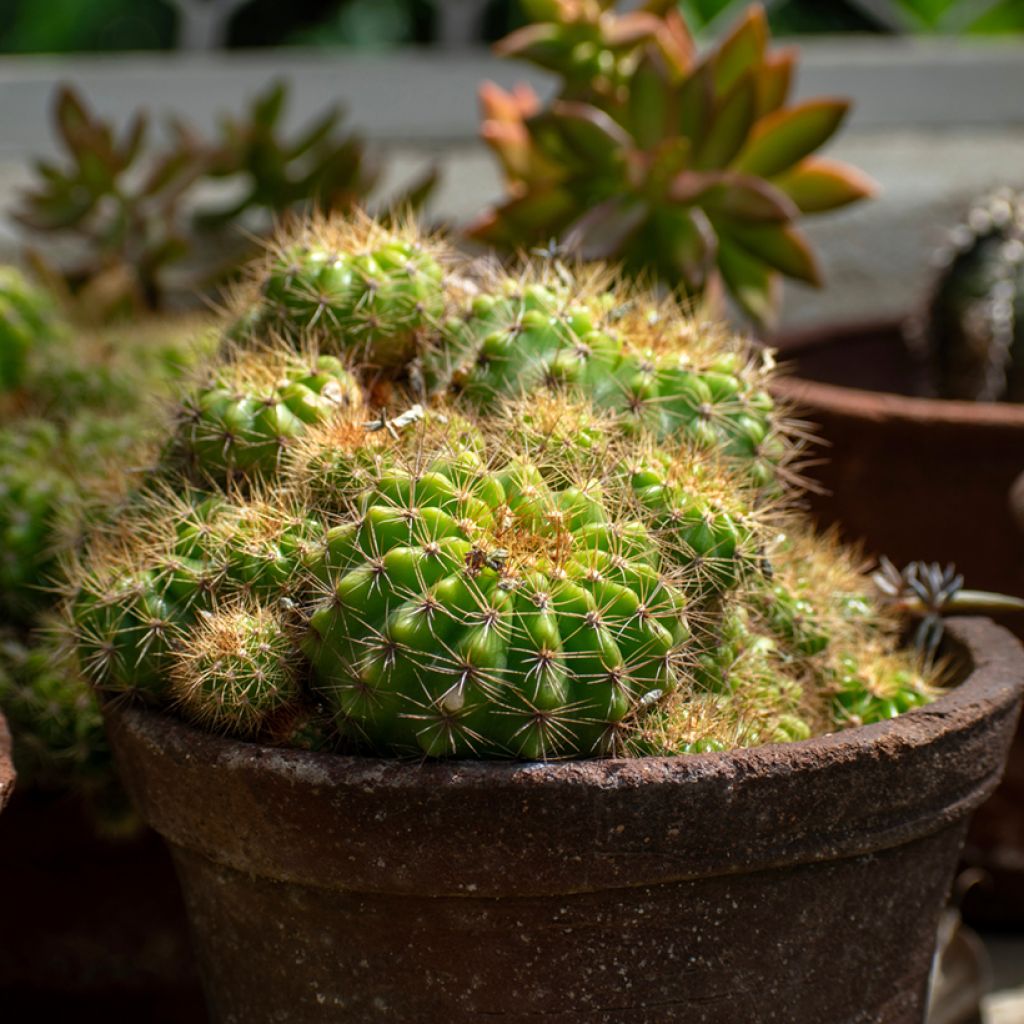

Echinopsis multiplex - Easter lily cactus
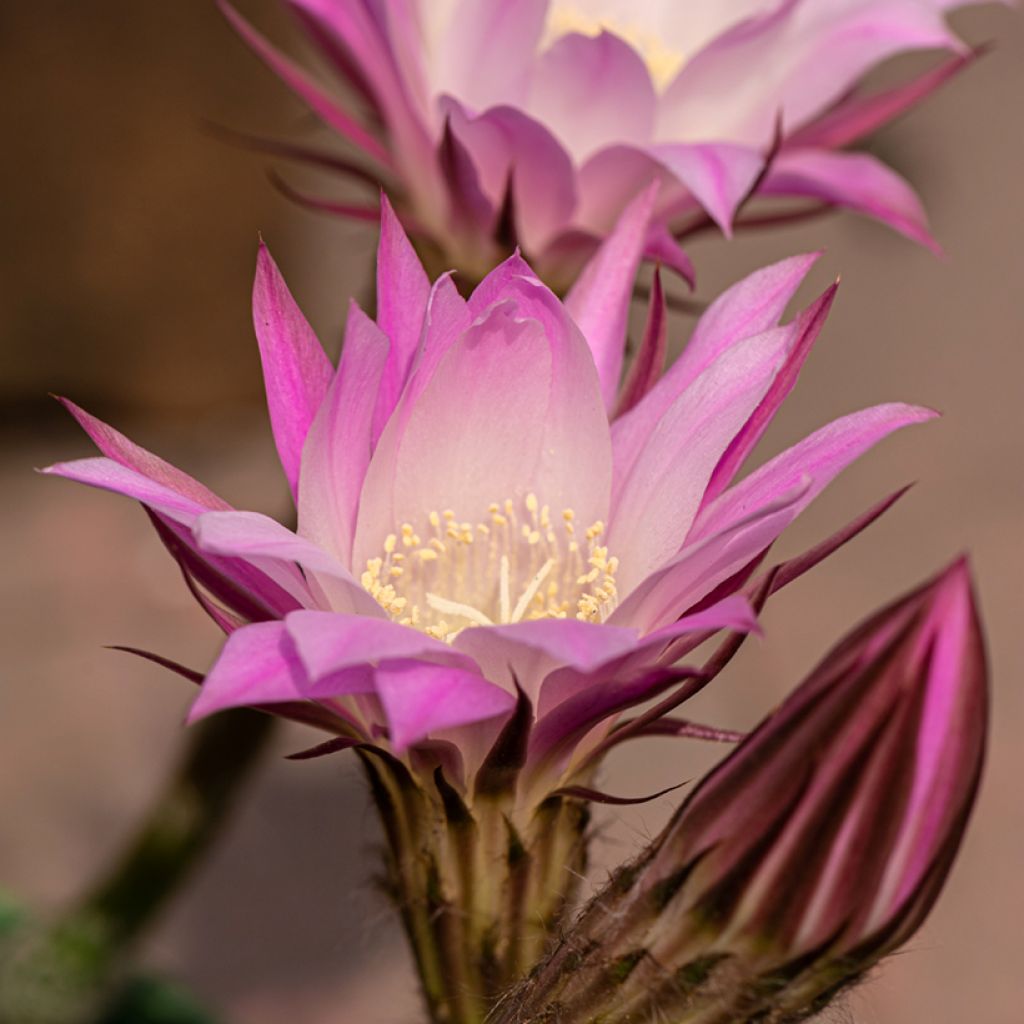

Echinopsis multiplex - Easter lily cactus
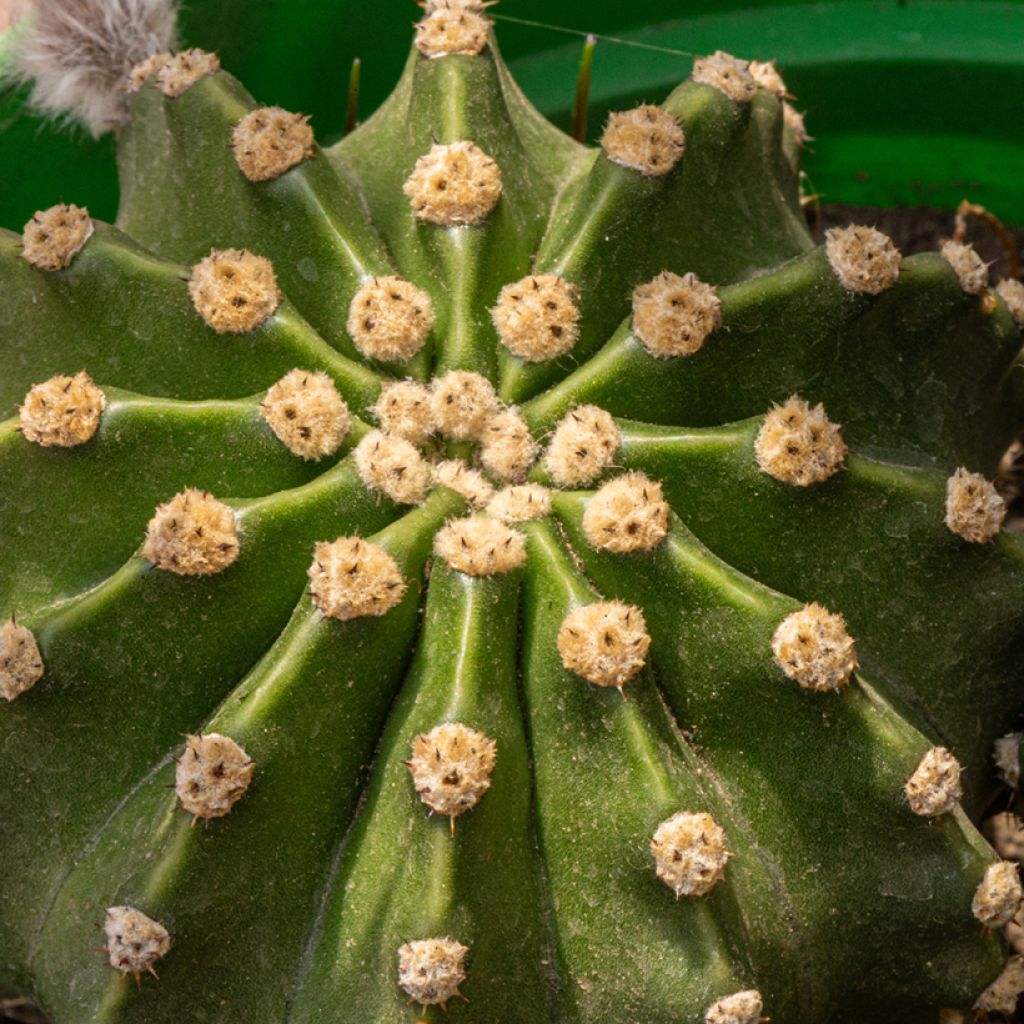

Echinopsis multiplex - Easter lily cactus
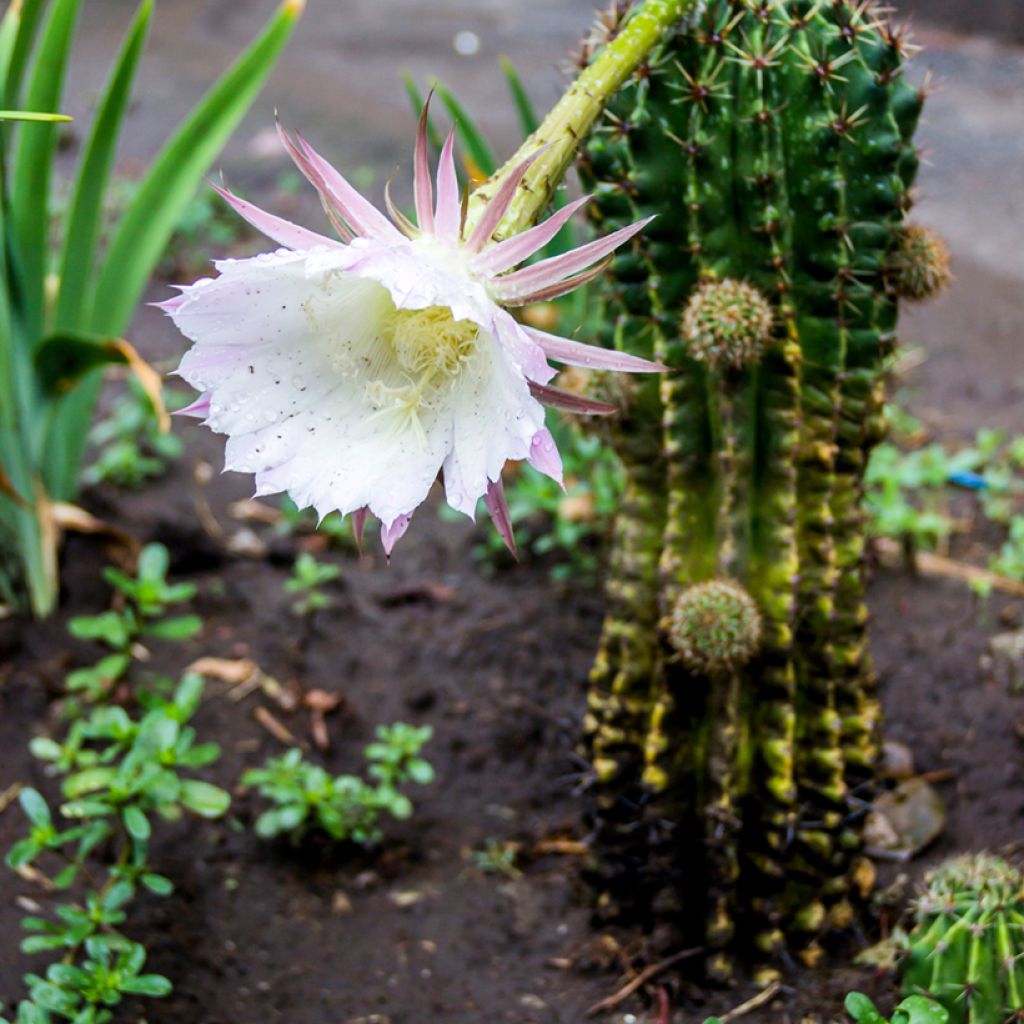

Echinopsis multiplex - Easter lily cactus
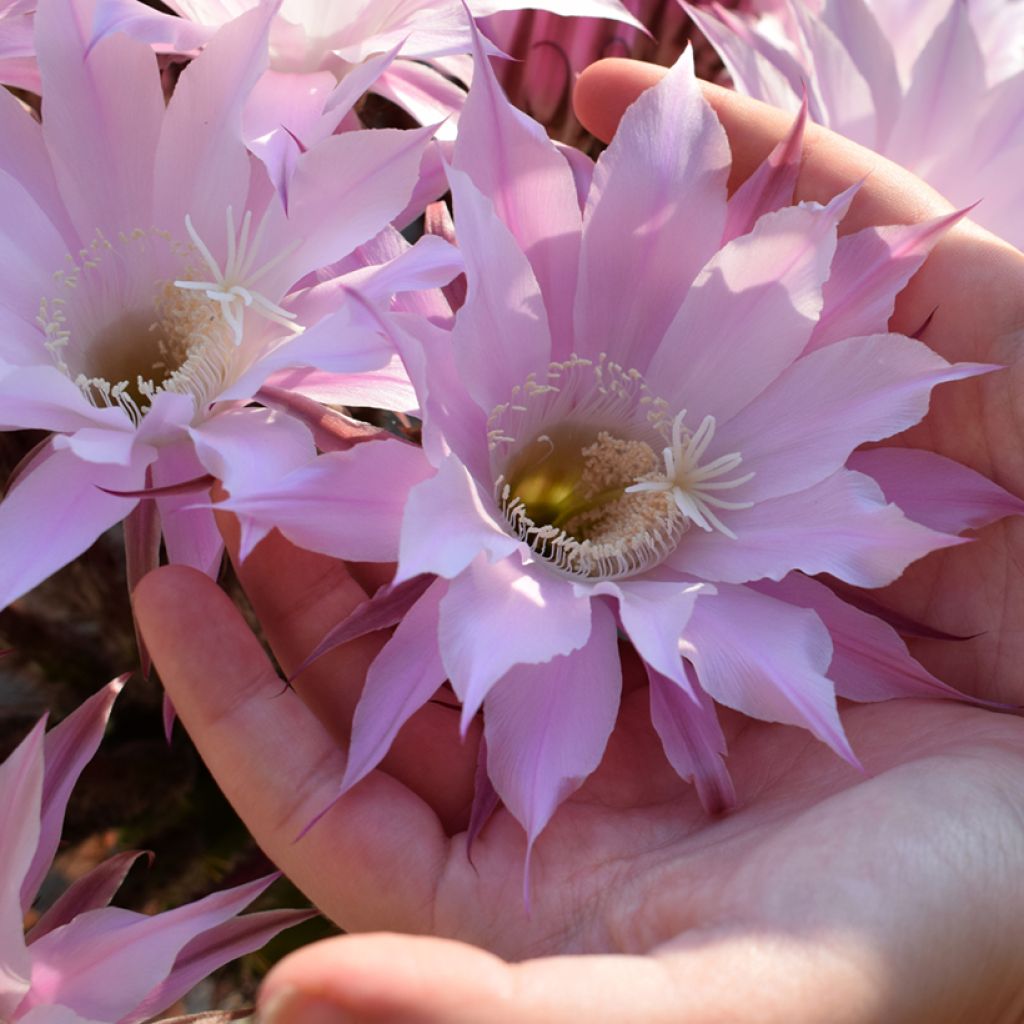

Echinopsis multiplex - Easter lily cactus
Echinopsis multiplex - Easter lily cactus
Echinopsis multiplex
Easter-lily cactus
Why not try an alternative variety in stock?
View all →This plant carries a 12 months recovery warranty
More information
We guarantee the quality of our plants for a full growing cycle, and will replace at our expense any plant that fails to recover under normal climatic and planting conditions.
From €5.90 for pickup delivery and €6.90 for home delivery
Express home delivery from €8.90.
Does this plant fit my garden?
Set up your Plantfit profile →
Description
Echinopsis multiplex, also known as Moon Cactus, Sea Urchin Cactus, Easter Lily Cactus, or Hedgehog Cactus, is a rounded cactus native to South America. Appreciated for its large fragrant flowers ranging in shades from white to light pink, even to light red, this plant is a hit among cactus enthusiasts. Easy to grow, it thrives both in pots and rock gardens in frost-free areas. It is a frost-tender species that prefers warmth and dryness: full sun and a coarse, well-draining substrate are essential for its proper development. Growing it in a pot allows you to bring this lovely cactus indoors before winter.
As a member of the large Cactaceae family, Echinopsis multiplex hails from southern Brazil, northeastern Argentina, and Uruguay. In its natural habitat, this species thrives on rocky, well-drained terrain. This cactus slowly grows into a cluster of round stems. It forms a globular stem, slightly flattened on top, which becomes cylindrical with age, reaching up to 30 cm in height and 25 cm in diameter. Its epidermis, ranging from light green to dark green, is marked by 11 to 14 narrow, well-defined ribs. White woolly areoles at the top of the ribs produce brownish, sharp spines: 5 to 9 radial spines measuring around 2 cm surround 2 to 5 central spines that can reach 4 cm in length. The spectacular flowering occurs between May and September. The slightly fragrant night-blooming flowers measure between 18 and 20 cm in length with a diameter of 13 cm, displaying shades from white to light pink, even to very pale red. Though short-lived – often opening at nightfall and lasting less than 24 hours – they offer a magnificent spectacle. After flowering, the plant produces green fruits about 4 cm long and 2 cm in diameter, containing numerous black seeds.
Plant Echinopsis multiplex in a rock garden or on a well-drained slope if your garden is located by the sea, where it does not freeze. Elsewhere, grow it in a large, heavy pot with drainage holes that you can shelter in winter. Due to its spectacular flowering, this succulent plant makes an ideal focal point in a cactus bed or a collection of succulent plants. Pair it, for example, with Agave parryi neomexicana, Mangaves, Aloe aristata, or Sedum palmeri. In a rock garden, Echinopsis multiplex can be enhanced with white pebbles or volcanic rocks for a natural rocky effect. Used alone or in groups, Echinopsis multiplex quickly becomes a centrepiece in an exotic garden or on a sunny urban balcony.
Report an error about the product description
Echinopsis multiplex - Easter lily cactus in pictures




Flowering
Foliage
Plant habit
Botanical data
Echinopsis
multiplex
Cactaceae
Easter-lily cactus
Echinopsis oxygona, Echinocactus oxygonus, Echinocactus eyriesii, Cereus multiplex, Echinopsis eyriesii
South America
Other Cacti and succulents
Planting and care
To grow Echinopsis multiplex in the ground in regions with a mild climate, choose a sunny location with well-drained soil, ideally sandy or rocky. Dig a deep hole and add a layer of gravel at the bottom to prevent excess moisture. Water moderately during the growing season (spring-summer), allowing the soil to dry between waterings. In winter, stop watering and protect the plant with a winter fleece if temperatures drop below -5°C.
In a pot, choose a container with drainage holes and use a special cactus mix, composed of potting soil, sand, and perlite. Place it in a bright location, ideally on a sunny terrace or window sill. Water as soon as the soil is dry in summer and significantly reduce watering in winter. Apply a special cactus fertiliser once a month in spring and summer to stimulate flowering. Repot every 2 to 3 years to prevent the plant from becoming root-bound and monitor for the appearance of scale insects or rot due to excess moisture.
Planting period
Intended location
Care
This item has not been reviewed yet - be the first to leave a review about it.
Haven't found what you were looking for?
Hardiness is the lowest winter temperature a plant can endure without suffering serious damage or even dying. However, hardiness is affected by location (a sheltered area, such as a patio), protection (winter cover) and soil type (hardiness is improved by well-drained soil).

Photo Sharing Terms & Conditions
In order to encourage gardeners to interact and share their experiences, Promesse de fleurs offers various media enabling content to be uploaded onto its Site - in particular via the ‘Photo sharing’ module.
The User agrees to refrain from:
- Posting any content that is illegal, prejudicial, insulting, racist, inciteful to hatred, revisionist, contrary to public decency, that infringes on privacy or on the privacy rights of third parties, in particular the publicity rights of persons and goods, intellectual property rights, or the right to privacy.
- Submitting content on behalf of a third party;
- Impersonate the identity of a third party and/or publish any personal information about a third party;
In general, the User undertakes to refrain from any unethical behaviour.
All Content (in particular text, comments, files, images, photos, videos, creative works, etc.), which may be subject to property or intellectual property rights, image or other private rights, shall remain the property of the User, subject to the limited rights granted by the terms of the licence granted by Promesse de fleurs as stated below. Users are at liberty to publish or not to publish such Content on the Site, notably via the ‘Photo Sharing’ facility, and accept that this Content shall be made public and freely accessible, notably on the Internet.
Users further acknowledge, undertake to have ,and guarantee that they hold all necessary rights and permissions to publish such material on the Site, in particular with regard to the legislation in force pertaining to any privacy, property, intellectual property, image, or contractual rights, or rights of any other nature. By publishing such Content on the Site, Users acknowledge accepting full liability as publishers of the Content within the meaning of the law, and grant Promesse de fleurs, free of charge, an inclusive, worldwide licence for the said Content for the entire duration of its publication, including all reproduction, representation, up/downloading, displaying, performing, transmission, and storage rights.
Users also grant permission for their name to be linked to the Content and accept that this link may not always be made available.
By engaging in posting material, Users consent to their Content becoming automatically accessible on the Internet, in particular on other sites and/or blogs and/or web pages of the Promesse de fleurs site, including in particular social pages and the Promesse de fleurs catalogue.
Users may secure the removal of entrusted content free of charge by issuing a simple request via our contact form.
The flowering period indicated on our website applies to countries and regions located in USDA zone 8 (France, the United Kingdom, Ireland, the Netherlands, etc.)
It will vary according to where you live:
- In zones 9 to 10 (Italy, Spain, Greece, etc.), flowering will occur about 2 to 4 weeks earlier.
- In zones 6 to 7 (Germany, Poland, Slovenia, and lower mountainous regions), flowering will be delayed by 2 to 3 weeks.
- In zone 5 (Central Europe, Scandinavia), blooming will be delayed by 3 to 5 weeks.
In temperate climates, pruning of spring-flowering shrubs (forsythia, spireas, etc.) should be done just after flowering.
Pruning of summer-flowering shrubs (Indian Lilac, Perovskia, etc.) can be done in winter or spring.
In cold regions as well as with frost-sensitive plants, avoid pruning too early when severe frosts may still occur.
The planting period indicated on our website applies to countries and regions located in USDA zone 8 (France, United Kingdom, Ireland, Netherlands).
It will vary according to where you live:
- In Mediterranean zones (Marseille, Madrid, Milan, etc.), autumn and winter are the best planting periods.
- In continental zones (Strasbourg, Munich, Vienna, etc.), delay planting by 2 to 3 weeks in spring and bring it forward by 2 to 4 weeks in autumn.
- In mountainous regions (the Alps, Pyrenees, Carpathians, etc.), it is best to plant in late spring (May-June) or late summer (August-September).
The harvesting period indicated on our website applies to countries and regions in USDA zone 8 (France, England, Ireland, the Netherlands).
In colder areas (Scandinavia, Poland, Austria...) fruit and vegetable harvests are likely to be delayed by 3-4 weeks.
In warmer areas (Italy, Spain, Greece, etc.), harvesting will probably take place earlier, depending on weather conditions.
The sowing periods indicated on our website apply to countries and regions within USDA Zone 8 (France, UK, Ireland, Netherlands).
In colder areas (Scandinavia, Poland, Austria...), delay any outdoor sowing by 3-4 weeks, or sow under glass.
In warmer climes (Italy, Spain, Greece, etc.), bring outdoor sowing forward by a few weeks.

































